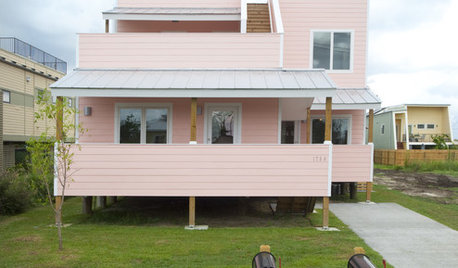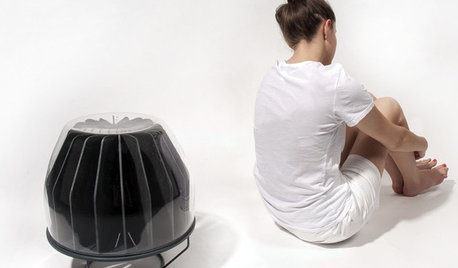Bokashi Help - Green Mold?
randipants
11 years ago
Featured Answer
Comments (9)
toxcrusadr
11 years agoceth_k
11 years agoRelated Professionals
Allen Landscape Architects & Landscape Designers · Belmont Landscape Architects & Landscape Designers · Simi Valley Landscape Architects & Landscape Designers · Anderson Landscape Contractors · Annandale Landscape Contractors · Federal Way Landscape Contractors · Milford Mill Landscape Contractors · Natick Landscape Contractors · Pahrump Landscape Contractors · Rochester Landscape Contractors · Ashburn Decks, Patios & Outdoor Enclosures · Boynton Beach Decks, Patios & Outdoor Enclosures · Pittsburgh Decks, Patios & Outdoor Enclosures · Rantoul Decks, Patios & Outdoor Enclosures · South Houston Decks, Patios & Outdoor Enclosuresrobertz6
11 years agotoxcrusadr
11 years agorobertz6
11 years agobmchan
11 years agobmchan
11 years agouscjusto
10 years ago
Related Stories

CONTEMPORARY HOMESFrank Gehry Helps 'Make It Right' in New Orleans
Hurricane Katrina survivors get a colorful, environmentally friendly duplex, courtesy of a starchitect and a star
Full Story
GREEN DECORATINGA New Breed of Space Heaters Helps You Stay Toasty in Style
Shiver no more with style-conscious heaters that let you turn down the thermostat and snuggle up in warmth
Full Story
KITCHEN DESIGN9 Molding Types to Raise the Bar on Your Kitchen Cabinetry
Customize your kitchen cabinets the affordable way with crown, edge or other kinds of molding
Full Story
REMODELING GUIDESCrown Molding: Is It Right for Your Home?
See how to find the right trim for the height of your ceilings and style of your room
Full Story
REMODELING GUIDESDesign Details: Moldings — or Not?
16 new and unusual ways to trim your doors, floors and ceilings
Full Story
TRIMMolding: Add Texture by Detailing Your Detail
Take the Architectural Accent to the Next Level with These Extra Elements
Full Story
MATERIALSRaw Materials Revealed: Brick, Block and Stone Help Homes Last
Learn about durable masonry essentials for houses and landscapes, and why some weighty-looking pieces are lighter than they look
Full Story
COLORPick-a-Paint Help: How to Create a Whole-House Color Palette
Don't be daunted. With these strategies, building a cohesive palette for your entire home is less difficult than it seems
Full Story
COLORPick-a-Paint Help: How to Quit Procrastinating on Color Choice
If you're up to your ears in paint chips but no further to pinning down a hue, our new 3-part series is for you
Full Story







MidniteQue